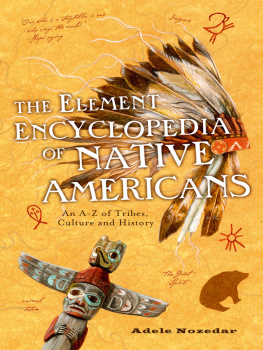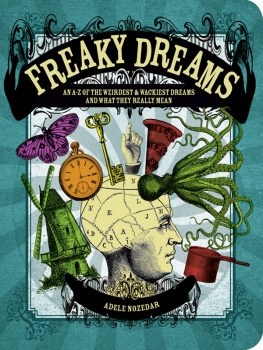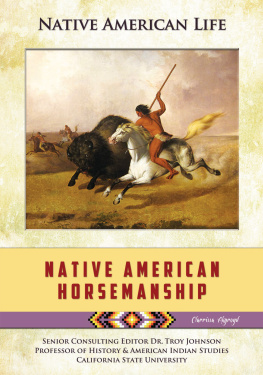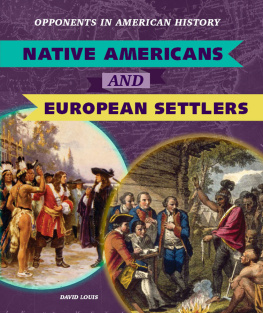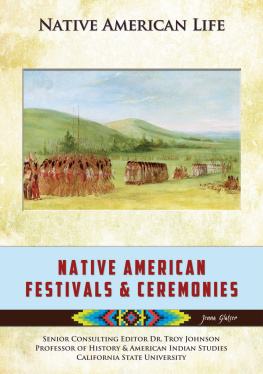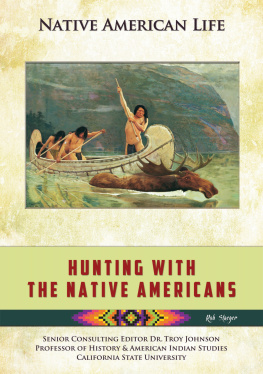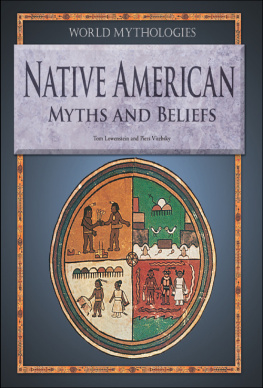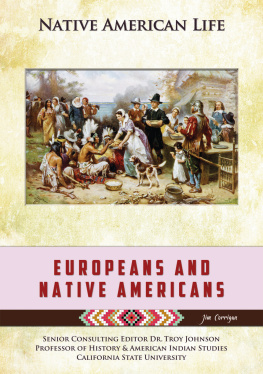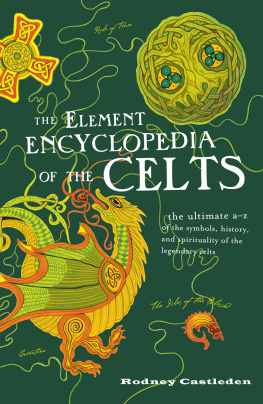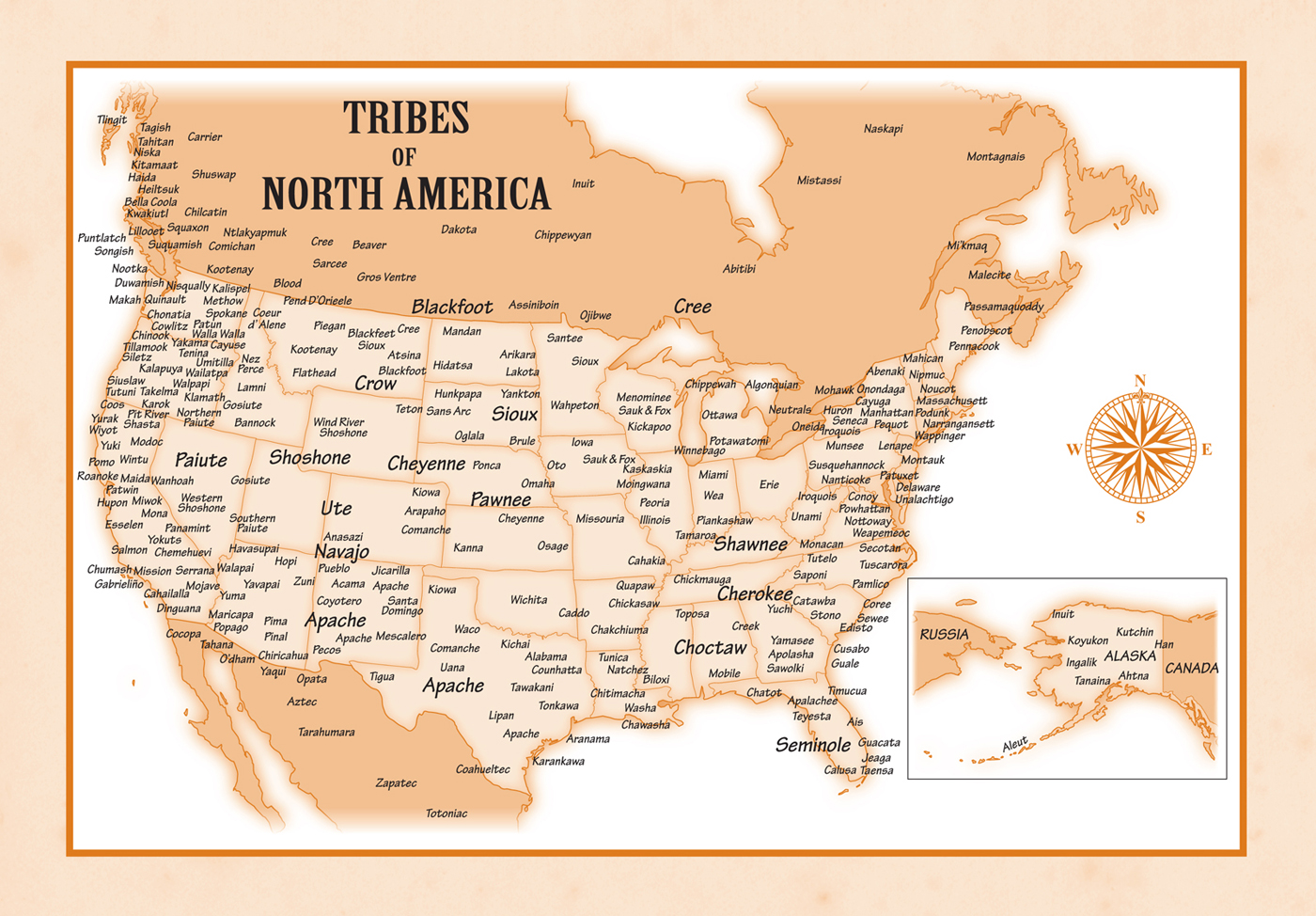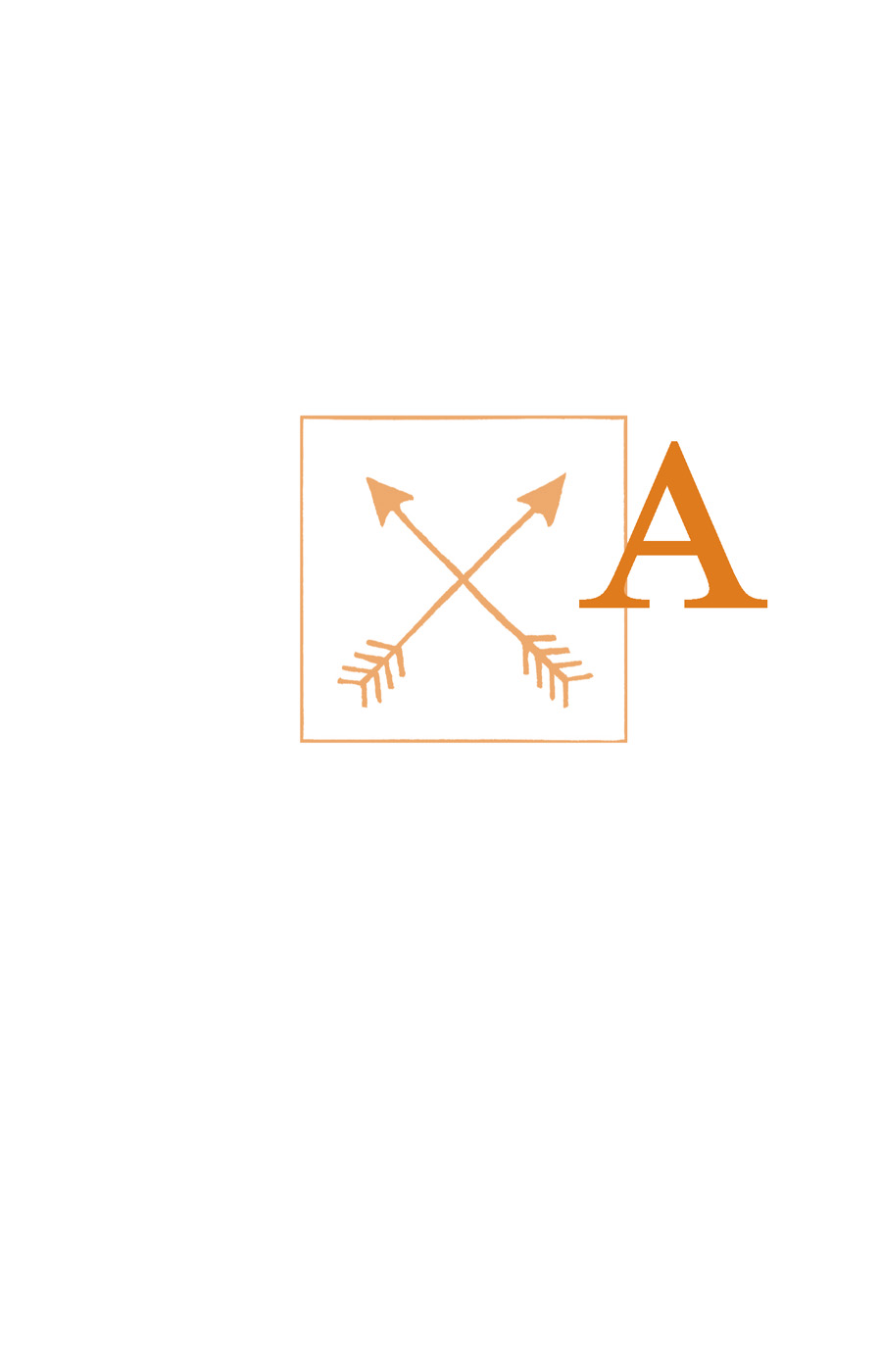C ONTENTS
The Element Encyclopedia of Native Americans
That knowledge of past wrongs
will teach us to be wiser
Though the treatment accorded the Indians by those who lay claim to civilization and Christianity has in many cases been worse than criminal, a rehearsal of these wrongs does not properly find a place here. Whenever it may be necessary to refer to some of the unfortunate relations that have existed between the Indians and the white race, it will be done in that unbiased manner becoming the student of history. As a body politic recognizing no individual ownership of lands, each Indian tribe naturally resented encroachment by another race, and found it impossible to relinquish without a struggle that which belonged to their people from time immemorial. On the other hand, the white man whose very own may have been killed or captured by a party of hostiles forced to the warpath by the machinations of some unscrupulous Government employee, can see nothing that is good in the Indian. There are thus two sides to the story, and in these volumes such questions must be treated with impartiality.Edward S. Curtis, 1907
The story of the indigenous peoples of North and South America is a harrowing one. Time after time, in reading accounts of what happened, we see the same sequence of events, which were wryly and concisely encapsulated in a cartoon seen on a popular social networking site: an image of a typical Native American with the caption, Bet you wish youd never fed those pilgrims.
The striving for cultural superiorityand the many ways and means in which that superiority was demonstratedhas destroyed many lives, crushed cultures and belief systems, wrecked families, and smashed peace and equanimity to smithereens. And yet, ironically, what we perceive as the Native American way of life is something to which many aspire. The spirituality of the Native American way is not separate from normal life as it is for those of a Western mind-set. The innate respect for all of nature, and the consequences of that respect, are goals that have a practical as well as spiritual force and are within reach of everyone, no matter their culture.
Despite the many privations inflicted upon the Native Americans, their profoundly empathetic underlying nature is as strong as it ever was, and so the stories in this book should be absorbed in the context of us being aware of a history which affects everyone. And we should do our utmost to make sure these types of atrocity never happen again.
A BENAKI
This group, who were concentrated in what has become New Hampshire and Maine, are a part of the Algonquian people and were among the first of the Native peoples of North America that European settlers would have encountered. The coming of the white mans diseases, along with the risk of annihilation by warring French and English factions, forced the tribe into Quebec in the later part of the 17th century.
The Abenaki people refer to themselves as Alnobak, which means The Real People or men. It was not uncommon among Native American nations to refer to themselves in this way. The origin of the word Abenaki is from Wabanaki, which translates as People of the Dawn Lands, a reference to their home in the east.
One Abenaki myth states that the god Kechi Niwaskw created the first man and the first woman from stone; however, Kechi Niwaskw wasnt happy, destroyed his first attempt at sculpture, and instead carved his creation again from wood. The Abenaki believed that they were descended directly from these wooden figures.
There was an Abenaki Confederacy, a unified group that encompassed the Penobscot, the Passamaquoddy, and Malecite peoples.
The traditional home of the Abenaki is the wigwam, a semipermanent structure usually covered in bark or fabric. The word wigwam mistakenly became the generic term used by European settlers for any semipermanent Native American dwelling, because they assumed that this was what the word meant.
The Abenaki survived by hunting, fishing, and agriculture. Their crops would have included corn, potatoes, and, of course, tobacco. At the time that explorers and settlers first encountered them, the Abenaki lived in small groups or villages, each enclosed by wooden fences. They knew that the flesh and bones of fish made an efficient fertilizer, and so had the habit of burying a couple of dead fish at the base of each stem of maize. Using fish as fertilizer was an area of expertise which would be adopted by the settlers in later yearsand, indeed, is still in common practice today.
The Abenaki also knew how to make a delicious sweet syrup from the sap of the maple treemaple syrupsomething that wild food-lovers even today celebrate as a great delicacy. The Abenaki were, and are, skilled at basketware.
The area belonging to the Abenaki was situated between Massachusetts and Quebec, areas that came to be colonized by the English and the French respectively, who subsequently went to war with one another.
The Abenaki gravitated toward the French side during the Anglo-French Wars, and one of their warriorsNescambuitwas made a knight after he slayed over 140 enemies of the French king, Louis XIV. The allegiance of the Abenaki toward the French could have come about because of their relationship with an early French missionary, a Jesuit priest named Father Sebastian Rasles, whose mission was at Norridgewock on the Kennebec River. In 1722 the British destroyed the mission and killed Father Rasles; among his papers was discovered an Abenaki-French dictionary that he had been working on. Also, in 1614, 24 young Abenaki had been kidnapped by the British and shipped back to England, an outrage that would also have been a key factor in helping the Abenaki to decide which side they should support.
Contemporary accounts from the Jesuits who had dealings with the Abenaki described them as not cannibals, and also as not profane.
In contrast to other peoples such as the Iroquois, the Abenaki followed the patrilineal line (in which the nation of the father was considered to be the nation of the child) as opposed to the matrilineal. This arrangement was common to the New England peoples but unusual among Native Americans on the whole.
Single Abenaki men could be identified by their long, untied hair; when a prospective wife came along, the man would tie back his hair. Once married, the Abenaki husband showed his status by sporting only a high ponytail and shaving the rest of his head. Before the need to alter his hairstyle arrived, however, there was the matter of arranging the marriage. This wasnt always simple. A proposal of marriage was not simply for the prospective partners, but a matter for the whole village. And the bride and groom would make a gift to one another of a fine box, engraved with the loved ones attributes.
Other decisions besides betrothals were decided by the entire group. Everyone was given the right to an equal say, and to simplify matters various members would elect a single spokesperson. The Abenaki also had a system in which an impartial person would arbitrate in the case of disagreements. Until all parties agreed, there was no resolution.
At the time of writing, the Abenaki are still not recognized federally, although the state of Vermont recognized their status as a People in 2006. At the time, the authorities noted that many of the Abenaki had been assimilated.

